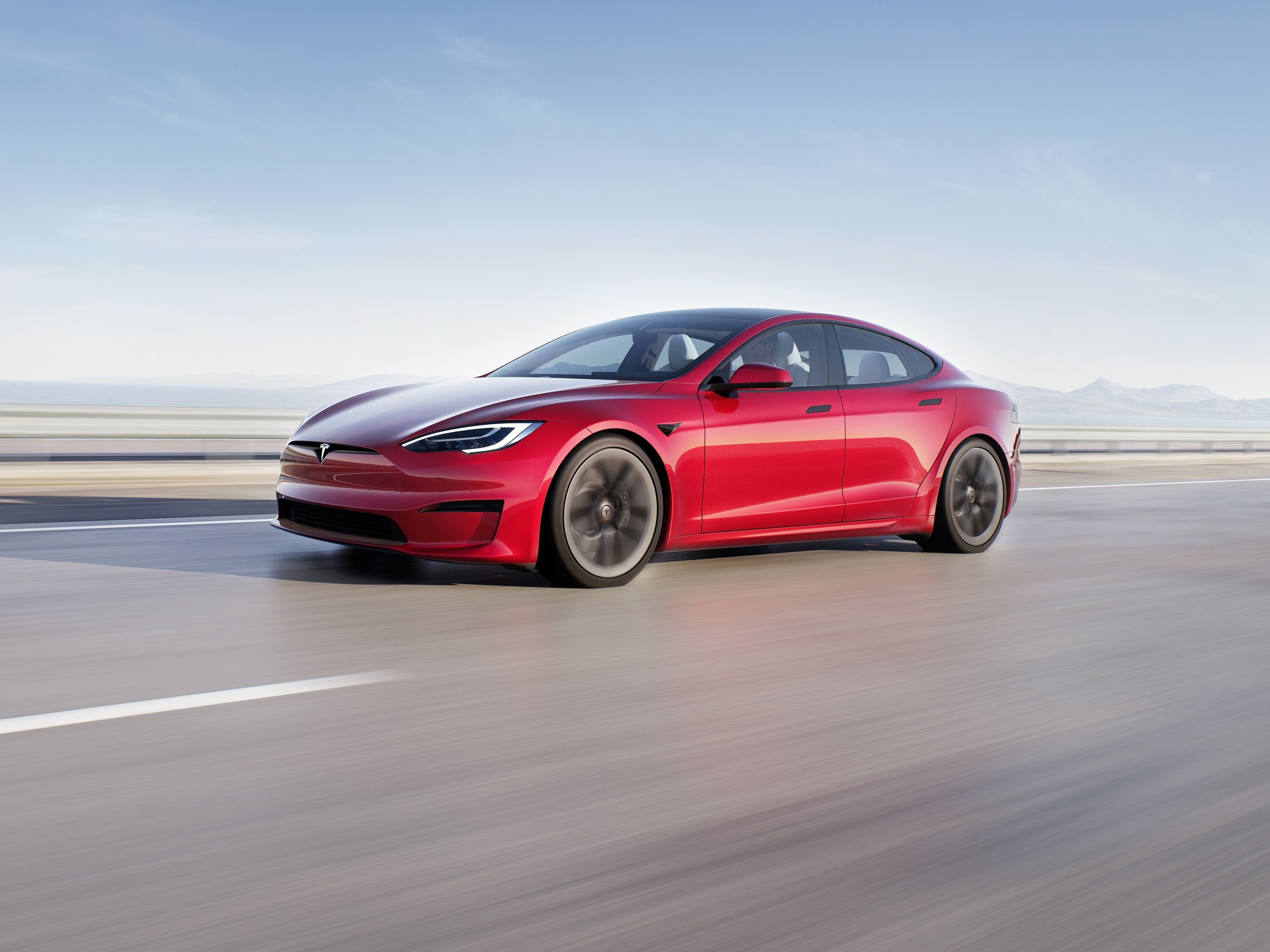
Changing gears (or drive positions in an electric vehicle) isn't complicated. Most automatic cars have park, reverse, neutral, and drive positions, using a lever or button array to let drivers change between them at will. There was absolutely nothing wrong with this setup, but Tesla thought otherwise. When the facelifted Tesla Model S sedan and Tesla Model X SUV debuted, they arrived with a controversial new feature.
Rather than a round steering wheel, the Model S and Model X were pictured with an odd yoked-shaped wheel. The NHTSA has yet to decide if this new wheel is legal, but more worryingly, the updated Tesla cars also lack a traditional turn signal or gear selector stalk. CEO Elon Musk claimed the car could signal and change drive positions by itself, and now we have a better idea of how that will work.
"No more stalks. Car guesses drive direction based on what obstacles it sees, context & nav map. You can override on [the] touchscreen," Musk said on Twitter. To say we were skeptical of a car choosing between drive and reserve on its own would be an understatement, but Tesla has at least baked in a manual override, likely for safety reasons. Unfortunately, it still seems pretty complicated to us.
Videos posted to Twitter show a driver overriding the car's systems to change into drive or reverse. This action takes place on the central touchscreen by swiping up for drive or down for reverse. Posts on social media point out that this functionality is only there as an override, and the car should know what position to be in automatically.
We can already see dozens of issues here. What happens if the car chooses incorrectly and the touchscreen fails? Could someone accidentally put the car into drive or reverse when trying to change the radio station? And how will the car know to indicate during last-second turning maneuvers? Then there is the biggest question of all. What was wrong with having a turn signal and gear selector stalk to begin with?
